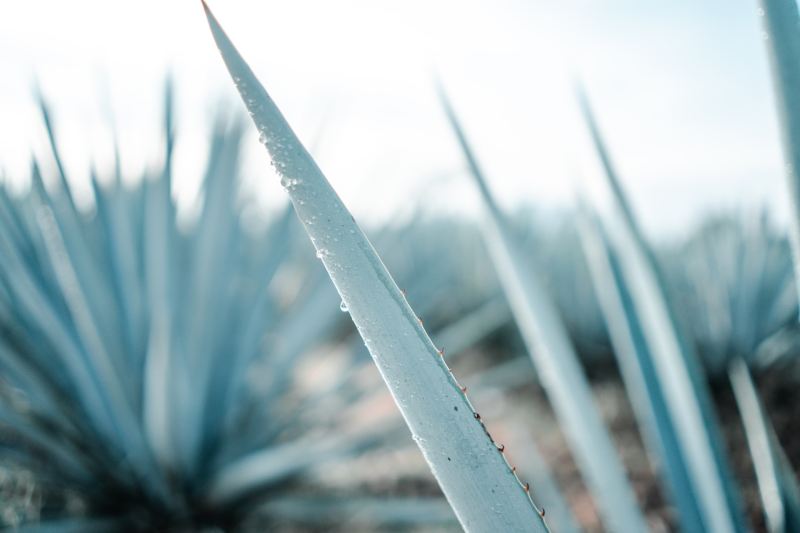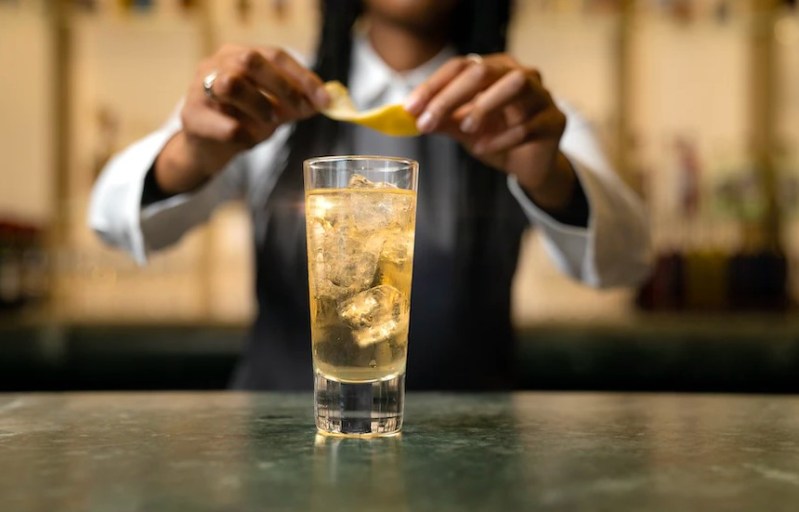
If you thought the agave spirit train was slowing to a halt, well, think again. The latest trend is bacanora, a sibling of tequila born and raised in the Sonoran desert.
Perhaps it’s no surprise. Post-pandemic imbibers have increasingly reached for spirits from south of the border — first tequila, then mezcal, then relative offshoots like sotol. So what’s the deal with bacanora (aside from having a genuinely stellar name)?

Is bacanora legal?
Alcoholic beverages of all kinds have been the subject of bans over the years, but bacanora’s is particularly long-winded. As the story goes, the powers-that-be in its native Sonora, Mexico, banned the drink as far back as 1915. The history of bacanora likely predates this by a mile, as families in the region would make their own for personal consumption. Allegedly, a European traveler in the 1880s stumbled into the stuff while meandering through northwestern Mexico. He traded some Cognac for some local bacanora and the spirit’s lore was officially born.
So, bacanora experienced something akin to a localized Prohibition for most of the 20th Century. As you might imagine, people got sneaky and make the spirit as inconspicuously as possible. Like the hooch-runners in the U.S. in the 1920s, Sonorans made, traded, and enjoyed bacanora despite the risks (which, according to this story, even included death by firing squad). When the ban was finally lifted, the spirit managed to find its way out of Sonora and eventually to the United States, where it enjoys some interest from the drinks community.

How is bacanora made?
How does bacanora differ from mezcal or tequila? Think ingredients and regionality. Like tequila — which calls five specific municipalities home — bacanora can only be made in Sonora. Blue weber agave is called upon for tequila while mezcal can be made from a handful of agave types (of which there are an estimated 270 species). bacanora must be made from either the pacifica or yaquina agave varieties.
Wine serves as the best example here. While single grape varieties like Chardonnay are grown in different places all over the wine map, the resulting wine’s flavor differs based on the unique growing conditions (climate, elevation, soil) of those particular areas. This concept of terroir applies to just about everything in agriculture and is magnified by the fact that sub-species of agave are being used (again, in wine, different clones of Chardonnay are used, which all behave a little differently).
Like mezcal and tequila, bacanora is made with the heart of the agave plant, which is roasted and ultimately fermented.

How to drink bacanora?
Mexicans like to drink bacanora straight, either as a sipper or a shot. The spirit does mix well, especially in classic tequila recipes. To get a handle on how bacanora is a bit different from its agave spirit siblings, try some on its own at first. Enjoy a pour at room temperature in a glass you can really swirl and get your nose in. You’ll likely notice a slight variation from what you might be used to with other agave spirits. The dry and rugged landscape of Sonora tends to rub off on its agave, creating bacanora that offers an abundance of peppery, spicy, green, and even herbal characteristics.
Like tequila, bacanora can appear in various age expressions, like anejo and reposado. While options are limited at the moment in the states, expect that to change. In the meantime, check out the quality releases from family-owned and women-led Killinga Bacanora.

Is bacanora available in the States?
Yes, in limited quantities. With the vast American interest in agave spirits- especially those like bacanora, which have a rich history and regionality- we can almost certainly expect greater distribution and exposure in the near future. Keep in mind that it has only been a legal product for roughly a generation.
If trend-setting cocktail bars are any indicator, bacanora will make a splash. Given the spirit’s relatively small production area, bacanora will never have the following of tequila, but the spirit does offer a nice alternative and will arm intrepid bartenders with something a little different to work with. The Sonoran desert does cross the border, so perhaps we’ll even see some domestic production (even if it’s billed as something else to respect the historical birthplace of bacanora).
Bacanora is the latest agave spirit to gain some traction and coming to a bar near you. Think of the liquor as a hyper-regional happy medium between mezcal and tequila.
And while we’re discussing agave spirits, check out our tequila buying guide and feature on tequila aging terms. If mezcal is your thing, dig into our five favorite mezcal drinks. Salud!


